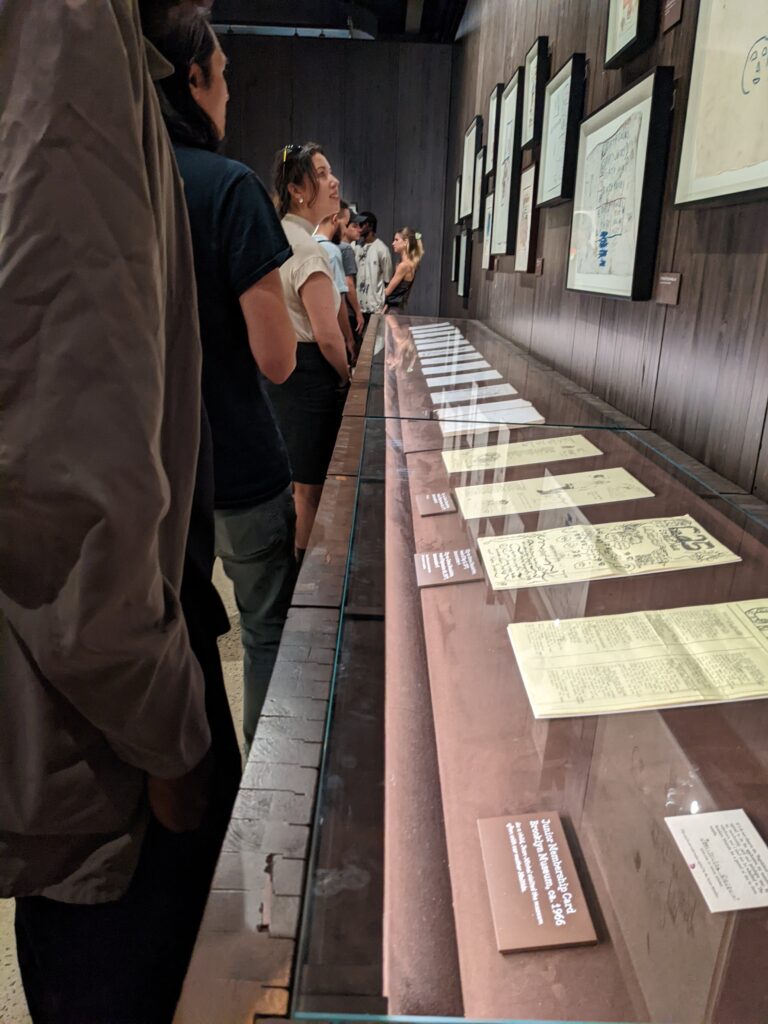
What Is Provenance & Why Is It Important?
Provenance refers to the history of ownership of a painting or other work of art. But how does it play an important role in the valuation and sale of artwork? Read on to learn more.
Art history traditionally favored other characteristics of analysis like style, iconography, and connoisseurship. Historically art was produced through patronage, making ownership easier to identify — however, ownership today needs to be cataloged as provenance to be properly tracked and identified for valuation.
Stemming from the French word provenir, meaning “to come from,” the term was first used in 1785. Moreover, in recent times information about the procession of ownership has traditionally been understood to be essential to the examination of artwork when considering its value and rarity of the artwork.
How is Provenance Used?
Provenance is more preoccupied with the art market than formal analysis and goes beyond just a list of previous owners, auctions, and art dealers to which the artwork has been attached to. It has progressed further into the importance and valuation of certain artworks and has propelled projects such as the Getty Provenance Index.
The main reasoning for provenance is to provide a thread of historical significance of the artwork based on its history of ownership. A good provenance increases the value of a painting, and establishing it may help confirm the date, artist, and, especially for portraits, the subject of a painting.
The quality of provenance of an important work of art can make a considerable difference to its selling price in the market; this is affected by the degree of certainty of the provenance, the status of past owners as collectors, and in many cases by the strength of evidence that an object has not been illegally excavated or exported from another country.
When Did Provenance Become Important?
In the post-war era, there were revelations about systematic and extensive Nazi looting and forced sales that ignited heated discourse around claims of ownership. There was pressure to investigate the provenance of certain acquisitions by institutions and private collections that could have been implicated in this period. During this time, specialists were in high demand to prove the provenance of artworks.
This also prompted a surge in new legislation regarding provenance to counter the probability of looting and illegal importation of art and antiquities. Now, many museums and notable collections will pass on art and artifacts that do not have a solid and clear history of ownership.

What to Consider When Looking Into Provenance
Provenance Comes in Different Forms
Provenance can come in a variety of forms and documentation. Sometimes it could be a statement of authenticity from the artists or an expert — this would be the ideal form. It can also be traced through receipts, either from the artist themselves or a gallery.
Appraisals from a specialist of the artist or period are also a means of proving provenance, but it is important to note that an appraisal is not always concrete. Anything can be copied or falsified, so it’s crucial to practice due diligence when researching your art.
Never Buy Artwork Without Seeing Provenance First
When buying artwork from the secondary market, it is of the utmost importance to learn the complete provenance of the piece. You should not buy artwork without the proper documentation to prove the ownership history.
Make Sure The Provenance Is Corroborated
The documents given must be investigated. Proven authenticity is the name of the game. You have to be able to trace the qualified individual’s signature, the artist in question, or previous owners back to real people. This will help confirm that the documents are not falsified.
Only Trust Qualified Authorities
A qualified authority is an individual that has a significant background and experience with the artist or movement the artwork falls under. Such as published papers about the artists or type of artwork, taught courses, or cataloged essays about it. Of course, the artist themselves, relatives, or descendants of the artist are also typically qualified authorities.

How To Research Provenance on Your Own
Although it is highly advised to seek out the help of a professional, there are still some ways for you to research the provenance of artwork on their own before seeking guidance.
Auction Records
One of the easiest ways to track ownership history is through auction house records. Most auction houses will include the provenance in the auction catalog of the sale. Auction databases will also include this information in their archives.
The Masterworks pricing database also offers insights on repeat sales of blue chip artwork. It also provides auction history and links to different articles related to the artwork or artist.
Catalogue Raisonné
A catalogue raisonné is a book listing all the artist’s known works and their location at the time of writing. This will also include a list of ownership to the time of writing. When conducting your own research, these books can be found in some libraries or online.
Some artists may have multiple catalogue raisonnés, so it’s important to check the edition and be sure that the research is most up to date.
Online Databases
There are some online databases that have been designed to track the provenance of artworks, like the Getty Provenance Index.
The GPI is a database that provides archival inventories, sales catalogs, and dealer stock books compiled of 2.3 million records to help those researching the provenance of certain artworks.
The GPI has been used to help trace the provenance of artworks through the use of certain search criteria. The GPI can also be used to reveal a variety of collecting patterns, including those related to consumer behavior, market trends, dealer networks, and modes of display
This content is provided for educational purposes only.